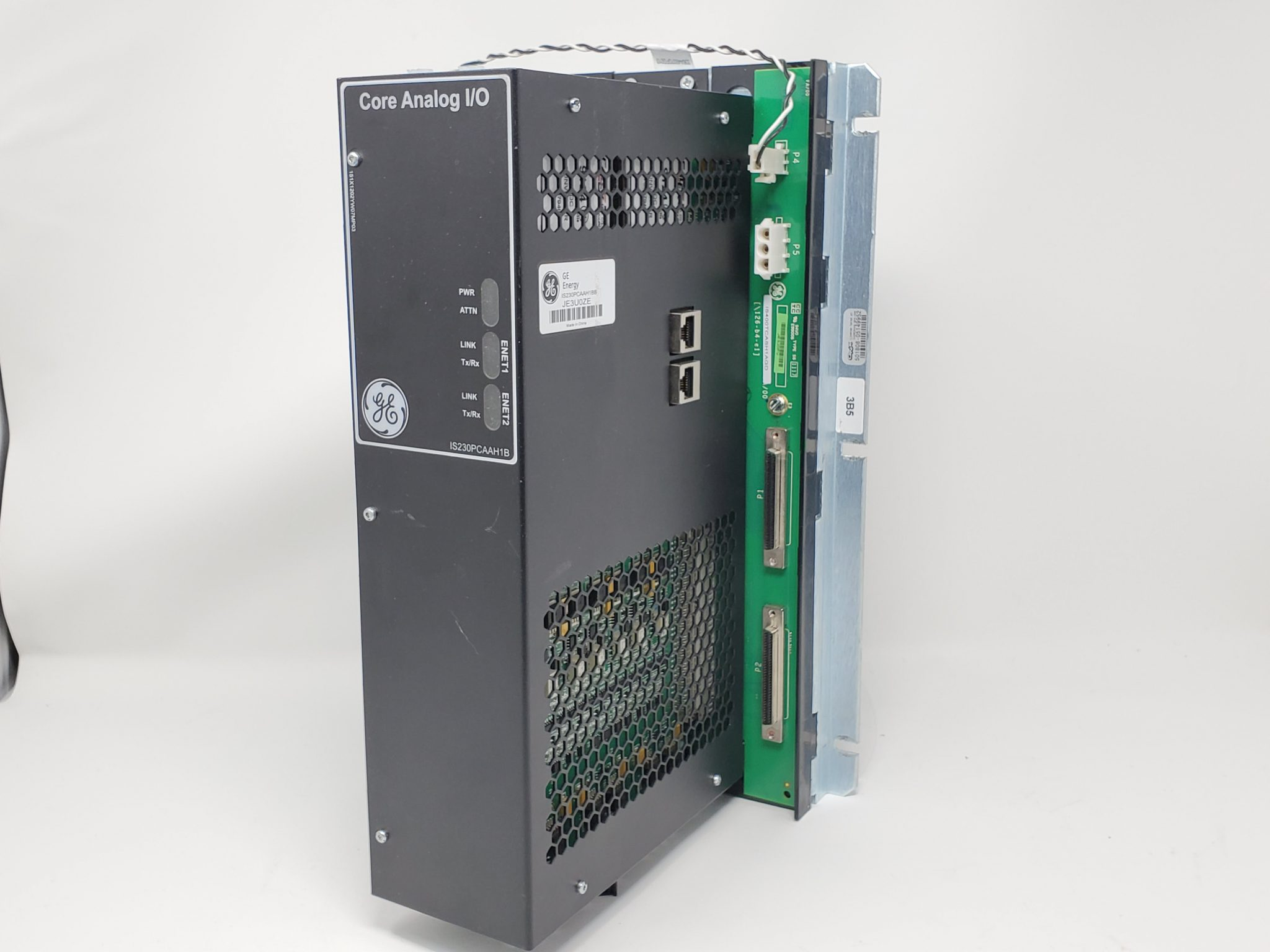
Digital Transformation in 2024: A Guide

Imagine an intelligent plant, with no surprise equipment failures and no manual data collection–and how it could improve reliability. Imagine, no hidden equipment fouling and no undetected flaring–and what it could mean for sustainability. Imagine, no surprise loss-of-containment and no undetected leaks or spills–and how it could enhance safety. Finally, imagine no manual valves in the wrong position and no non-uniform temperature profiles–and how it could increase production. This is the vision of efficiency and performance that digital transformation promises for process plants. Since automation technology is essential to any digital transformation strategy, automation software and hardware selection is one of the most important decisions a plant can make.
Why: Plant operational challenges
First, to set some context, let’s outline the operational challenges that drive change in most plants today. Broadly speaking, these challenges fall into four operational domains: safety, sustainability, reliability and production. Inefficiencies in these areas are often linked to manual tasks, like data collection and interpretation.
Manual data collection, by reading mechanical gauges or using portable testing devices, is typically done too infrequently to predict problems and is very labor intensive. In some cases there may not be sufficient expertise on-site to interpret the collected data. This can cause a host of problems, including health, safety and environmental (HSE) incidents, over-consumption, flaring, emissions, equipment failure, process downtime, loss of containment and off-spec products.
How: Transformation of work
Plants can overcome these challenges by transforming how work is done across the major operational domains (Table 1) to become more situationally aware, more responsive, more predictive and more productive. When plant managers set aspirational goals like "zero" incidents, "zero" emissions and "zero" downtime, digital automation tools, including threat monitoring, performance monitoring, condition monitoring, process monitoring and remote valve control, make it possible to either meet them all or come very close.
Top-performing plants do this by automating data collection with sensors, automating data interpretation with analytics in artificial intelligence (AI) apps and automating workflow with ERP integration and alarms.
Table 1: Common digital automation use-cases
Health, Safety and Environment |
|
Sustainability, Energy Efficiency and Emissions |
|
Reliability, Maintenance and Integrity |
|
Production and Quality |
|
What: A new approach to automation
Many leading companies are deploying a new approach to plant automation that incorporates the latest advances in analytics, sensors, I/O schemes, wireless networking and edge computing to drive top-quartile performance. But the devil is in the details, so let’s look at some detailed recommendations for realizing this new type of digital transformation strategy that can be done fast and with low risk.
AI Analytics. Attempting to code custom software applications for analytics purposes, or paying a contractor to do it, is more difficult than one might think; it takes time and can be very costly because a business must usually pay for the entire development. Ready-made apps (Figure 1), on the other hand, involve no programming, no testing, no development cost, no delay and no pilot proof of concept. Ready-made apps are already widely in use, so they already offer a proven track record. Most have a rich feature set based on inputs from thousands of other users and so are more capable than custom-coded applications.

Maintenance and reliability engineers are typically not data scientists, so it isn’t wise to expose them to data science. It’s better to use analytics that require no historical data import, no data cleansing, no algorithm selection, nor any training runs or testing iterations, and do not use unfamiliar terminology. Such industrial analytics tools are much easier to use and require minimal upkeep, which is vital as talent is hard to come by.























.jpg)












































.jpg)
.jpg)





.jpg)



.png)
.jpg)

.jpg)
_lVjBYb.jpg)

.jpg)
.jpg)



.jpg)
.jpg)







.jpg)

.jpg)
.jpg)











.jpg)





